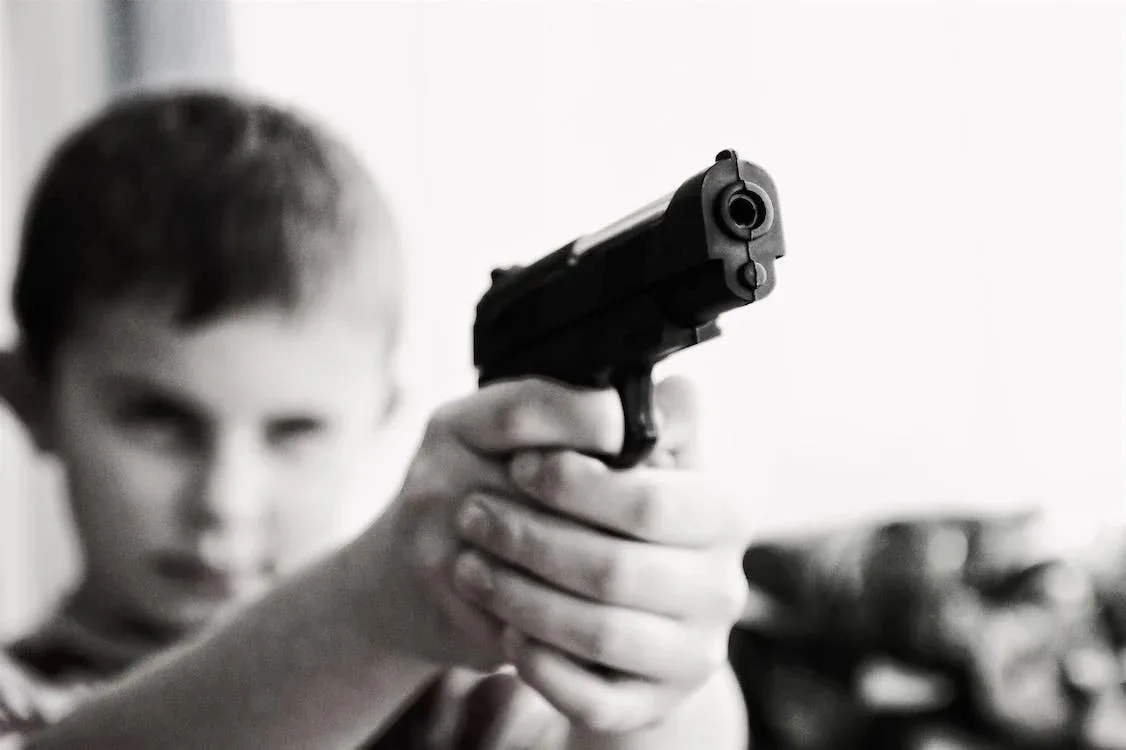Childhood Crime at School in the State of Texas
Image source: Pexels.com
Introduction
In this blog post, I will discuss the problem of childhood crime at school in the state of Texas. I will explain how serious this problem is, what are its causes, and what can be done to prevent and reduce it. I will also share some facts and statistics from reliable sources to support my arguments.
How serious is the problem of childhood crime at school in Texas?
Childhood crime at school is a serious problem that affects the safety and well-being of students, teachers, and staff. It can disrupt the learning environment, lower academic achievement, increase dropout rates, damage mental health, and create a culture of fear and mistrust.
According to the [Texas Department of Public Safety], there were 1,072 juvenile arrests for violent crimes and 4,462 juvenile arrests for property crimes at school in 2020. These numbers represent a significant increase from previous years and indicate a serious problem that affects everyone in the state.
Some of the most alarming cases of childhood crime at school in Texas are:
- School shootings. Texas has witnessed several tragic school shootings in recent years, such as the Santa Fe High School shooting in 2018 that killed 10 people and injured 13 others, or the Timberview High School shooting in 2021 that injured four people.
- Violence. Violence at school can take many forms, such as physical assaults, fights, stabbings, or threats. For example, in 2019, a 16-year-old student stabbed another student to death at Bellaire High School in Houston.
- Bullying. Bullying is a form of aggression that involves repeated and intentional harm or harassment of another person. Bullying can be verbal, physical, social, or cyber. For example, in 2017, a 13-year-old student committed suicide after being bullied by his classmates at McCullough Junior High School in The Woodlands.
What are the causes of childhood crime at school in Texas?
There is no simple answer to why some children engage in criminal behavior at school. However, some possible factors that may contribute to this problem are:
- Lack of supervision and guidance. Some children may not receive enough parental or adult supervision and guidance at home or in their neighborhoods. They may lack positive role models, moral values, or social skills. They may also face challenges such as poverty, abuse, neglect, or substance abuse in their families or communities.
- Easy access to weapons. Texas has some of the most lenient gun laws in the country, which makes it easier for children to obtain firearms or other dangerous weapons. Some children may bring these weapons to school for protection, intimidation, or retaliation. They may also be influenced by media violence or peer pressure to use these weapons.
- Lack of prevention and intervention programs. Some schools may not have adequate resources or policies to prevent and address childhood crime at school. They may not conduct regular security checks, install metal detectors, hire security guards, or implement anti-bullying programs. They may also not provide enough counseling, mentoring, or alternative education options for students who are at risk or involved in criminal activities.
What can be done to prevent and reduce childhood crime at school in Texas?
The problem of childhood crime at school in Texas is complex and requires a comprehensive and collaborative approach from various stakeholders. Some possible solutions that can help prevent and reduce this problem are:
- Strengthening family and community support. Parents and caregivers should be more involved and attentive to their children’s needs, behaviors, and activities. They should also monitor their children’s access to weapons and media violence. Community organizations and agencies should provide more opportunities and services for children and families, such as after-school programs, recreational activities, tutoring, counseling, or substance abuse treatment.
- Improving school safety and climate. Schools should adopt more effective measures to ensure the physical and emotional safety of students, teachers, and staff. They should also foster a positive and respectful school climate that promotes learning, cooperation, and diversity. Some examples of these measures are:
- Conducting regular security checks and installing metal detectors at school entrances.
- Hiring more security guards and assigning them to monitor students and prevent contrabands from entering schools.
- Implementing anti-bullying programs that teach students how to prevent, recognize, and report bullying.
- Providing more counseling, mentoring, or alternative education programs for students who are at risk or involved in criminal activities.
- Increasing public awareness and advocacy. The public should be more aware and informed about the problem of childhood crime at school in Texas and its impacts on society. They should also support and advocate for more funding and resources for prevention and intervention programs. The media should also play a responsible role in reporting and covering these issues without sensationalizing or glorifying them.
Conclusion
Childhood crime at school in Texas is a serious problem that affects everyone in the state. It is caused by multiple factors that require multiple solutions. By working together, we can make our schools safer and better places for our children to learn and grow.





0